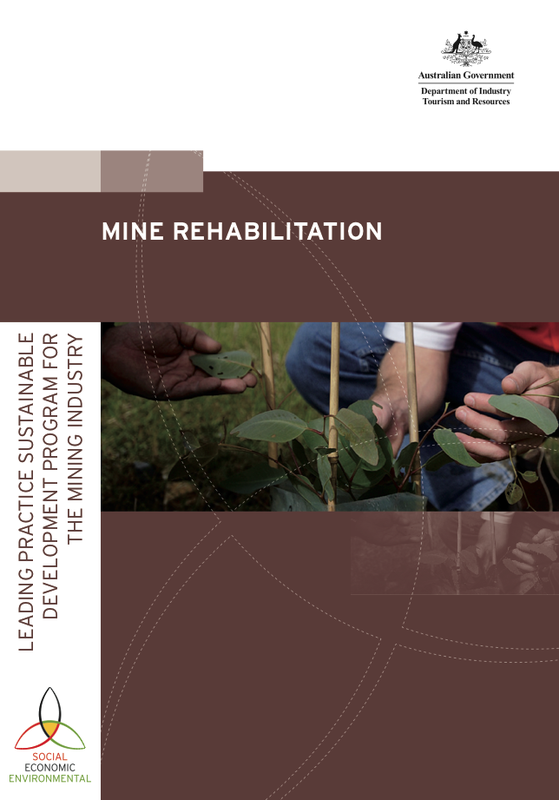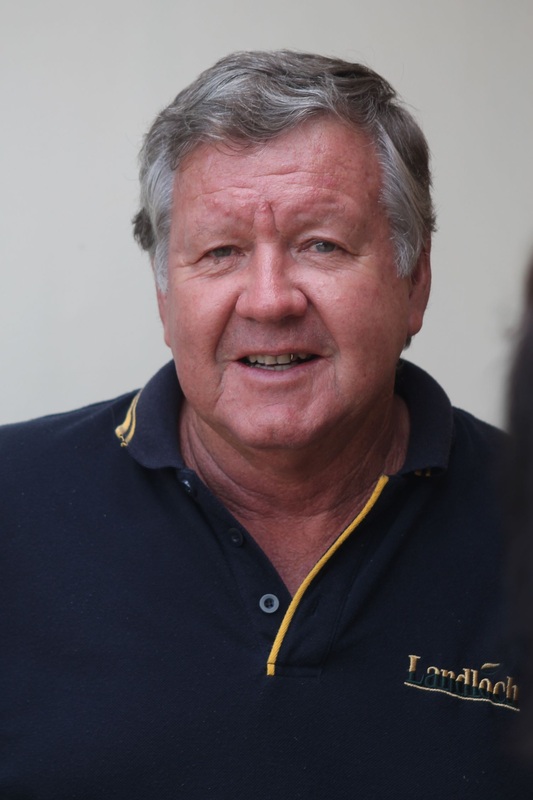Publications
|
publications
|
TOOWOOMBA | 07 4613 1825
PO Box 57 HARLAXTON 4350 19 Peace Street HARLAXTON QLD 4350 P 07 4613 1825 F 07 4613 1826 |
NEWCASTLE | 02 4965 7717
PO Box 7017 REDHEAD 2290 Unit 2, 28 Sesands Drive REDHEAD NSW 2290 P 02 4965 7717 F 07 4613 1826 |
PERTH | 08 9494 2835
PO Box 5175 SOUTH LAKE 6164 Unit 9, 9 Ambitious Link BIBRA LAKE WA 6163 P 08 9494 2835 F 07 4613 1826 |





